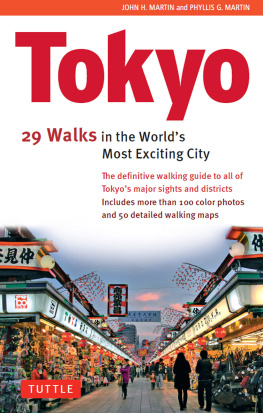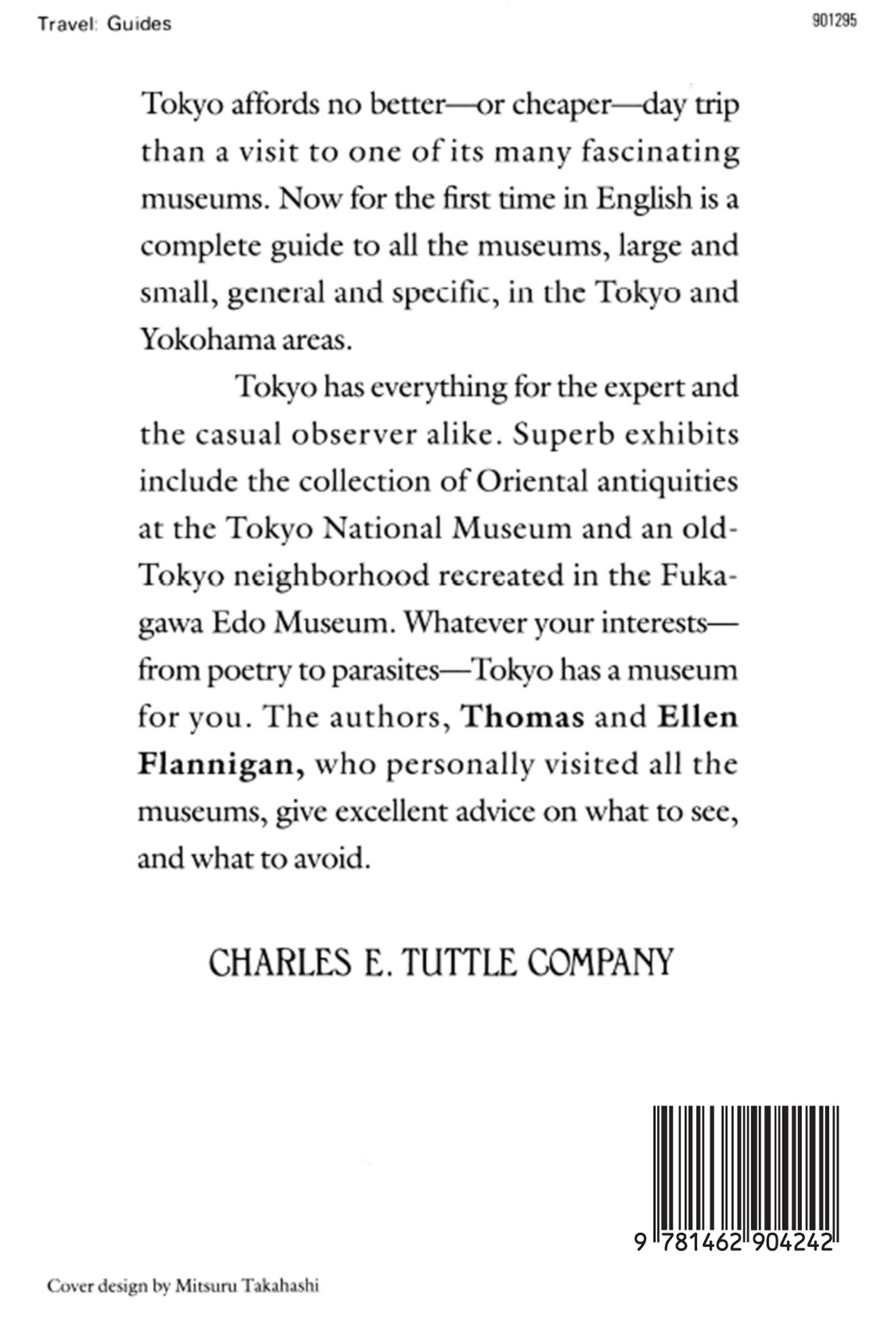ARCHAEOLOGY
|
| 16 Ancient Oriental |  |  |
| Museum |  |
| 17 Kokugakuin University |  |
| Archaeological Museum |  |
| 18 Meiji University |  |
| Archaeological Museum |  |
| 19 Shirane Memorial |  |
| Museum |  |
| 20 Yuasa Memorial |  |
| Museum |
Ancient Oriental Museum
Tamanote Line or Marunouchi Line to Ikebukuro Station. Ten-minute walk.
This museum, founded in 1973, is particularly strong in Syrian archaeology. The museum has sponsored several expeditions to Syria to bring back many priceless artifacts. The brochure explains that museum curators were invited to northern Syria by UNESCO to fetch artifacts threatened by waters advancing from a dam on the Euphrates River.
There are video displays in the lobby, and there is a mockup of Palmyra in the main hall. The short video showing Palmyra alone justifies a visit. A slide show in the center of the museum depicts the crucial excavations that produced the museum's collection.
The Ancient Oriental Museum is located in teeming Ikebukuro, on the seventh floor of the Bunka Kaikan, in the vast Sunshine City complex. If you come here on the weekend, make sure you have the patience and time to explore. The crowds on the way are intense.
Sunshine City also has a planetarium and an aquarium. If you would like to visit these museums as well as the Oriental Museum, there is a budget ticket valid for all three at a discounted price.
Kodai Oriento Hakubutsukan
3-1-4 Higashi-Ikebukuro, Toshima-ku, Tokyo
Tel: 3989-3491
| Hours: 10:00-5:00. | Admission: 800, |
| Closed Monday. | 40 0 for students. |
Kokugakuin University Archaeological Museum
Bus #3 from Shibuya Station to Kokugakuin Daigakumae. One-minute walk. See Map 4.
Tokyo is thick with archaeology museums, most of them long on presentation but short on collection. This one, planted in the picturesque campus of Kokugakuin University, is just the opposite. You could hardly cram more priceless artifacts into the small museum which could triple in floor space and still not do justice to the collection.
Artifacts from the Jomon and Kamakura eras abound, but the museum does not stop there. The Korean and Chinese items are just as impressive; virtually all of the everyday items from medieval villages in these countries are stuck somewhere in a nook of this museum.
The Kokugakuin University campus is a nice place to stroll, with many museums in its environs. It is amazing how peaceful it seems, with Shibuya just over the horizon.
Kokugakuin Daigaku Kokogaku Shiryokan
4-10-28 Higashi, Shibuya-ku, Tokyo
Tel: 5466-0249
| Hours: 9:00-5:00. |
| Closed Sunday. | Admission: Free. |
Meiji University Archaeological Museum
Hanzomon or Shinjuku Line to Jinbocho Station. Ten-minute walk. See Map 1.
This museum is one of three museums located in the same building at Meiji University. It is part of the University archaeology department and displays the best pieces unearthed at various digs over the years. The displays are colorful and informative. All have impeccable English translations.
Visitors will be surprised to see the remains of Japanese elephants and other prehistoric creatures. Such creatures were gradually displaced by prehistoric settlers, who are represented not only by artists' conceptions, but also by remarkably advanced pottery.
The collection is heavily weighted towards Japanese archaeology, but there are a few displays of Meiji University excavations in foreign countries. Anyone with an ounce of curiosity will enjoy this museum, and the price is right.
Meiji Daigaku Kokogaku Hakubutsukan
1-1 Kanda Surugadai, Chiyoda-ku, Tokyo
Tel: 3296-4432
| Hours: 10:00-4:30. |
| 10:00-12:30, Saturday. |
| Closed Sunday. | Admission: Free. |
Shirane Memorial Museum
Shibuya Station East Exit, bus #3 to Kokugakuin Daigakumae. See Map 4.
This museum is located in the house of Zenchu Shirane, a politician who lived in the area around Kokugakuin University for much of his life. The house has a small but good collection of artifacts from the Jomon and Yayoi eras. Some of the pottery and tools may be three thousand years old.
One of the most interesting displays is a collection of photographs showing replicas of ancient Japanese houses from the Jomon era. The houses resemble Mongolian yurts or the tepees built by native American tribes.
The curator of the Shirane Museum aims to please. He was so excited to get foreign visitors that he provided an energetic tour of the museum and the surrounding neighborhood. The museum is located on the edge of the Kokugakuin University campus, so it is easy to combine a visit to this museum with a visit to Kokugakuin University's Shinto Museum and Archaeology Museum. Visitors on a Saturday morning may be treated to an outdoor Shinto wedding, with strange traditional music wafting through the campus.
Shirane Kinen Kyodo Bunkakan
4-9-1 Higashi, Shibuya-ku, Tokyo
Tel: 3407-8615
| Hours: 9:00-5:00. |
| Closed Monday. | Admission: Free. |
Yuasa Memorial Museum
Chuo Line to Mitaka Station. ICU bus to campus of International Christian University. Five-minute walk.
Hachiro Yuas a was born in Japan, but went to the US to study at the University of Illinois. He returned to earn a doctorate at Tokyo University. Yuasa was fired from his job in 1937 for his pacifist views, and spent the war years in the US. He was instrumental in obtaining permission from Japanese industrialists to allow Protestant missionaries to establish a university in suburban Tokyo.
The museum occupies a tranquil corner of one of the most beautifully landscaped universities on the planet. It is in a new building with glass walls facing one of the lovely ICU gardens. The first floor is devoted to folk consumes from Japan.
The best place to spend your time is the second floor. Here, you can find a sizable collection of relics from the Japanese Jomon period, the era shortly after the birth of Christ and before recorded accounts of contact with other nations. The amazing thing about this collection is that most of the artifacts were found within walking distance of the museum. When the foundations were being laid for the buildings, the excavations yielded a bonanza of remnants of the early Japanese who dwelled in the area.
























